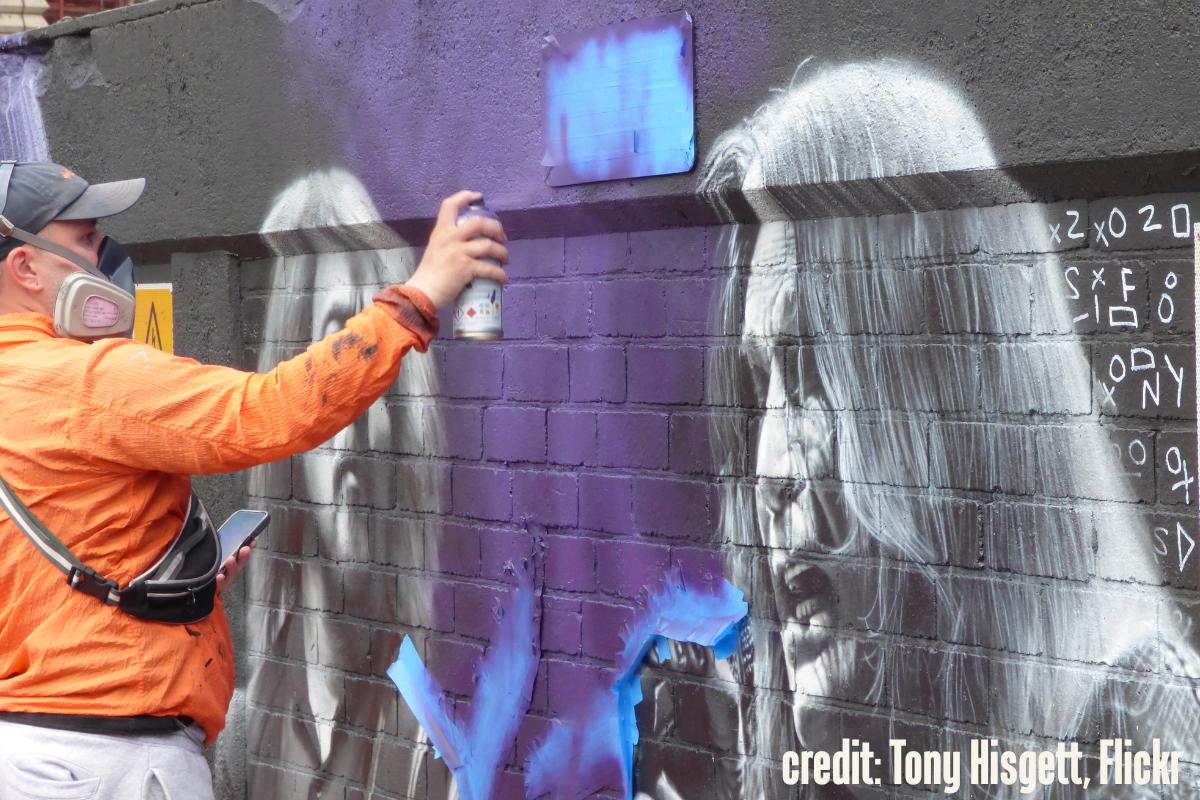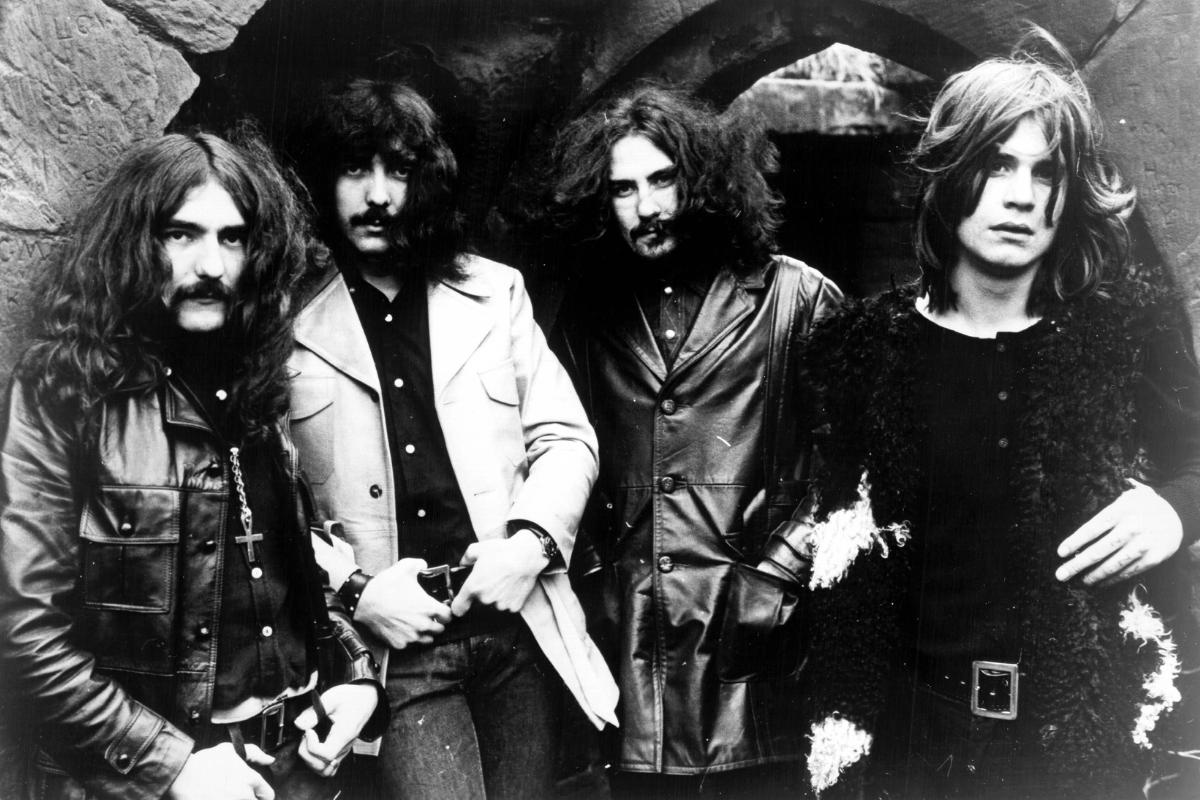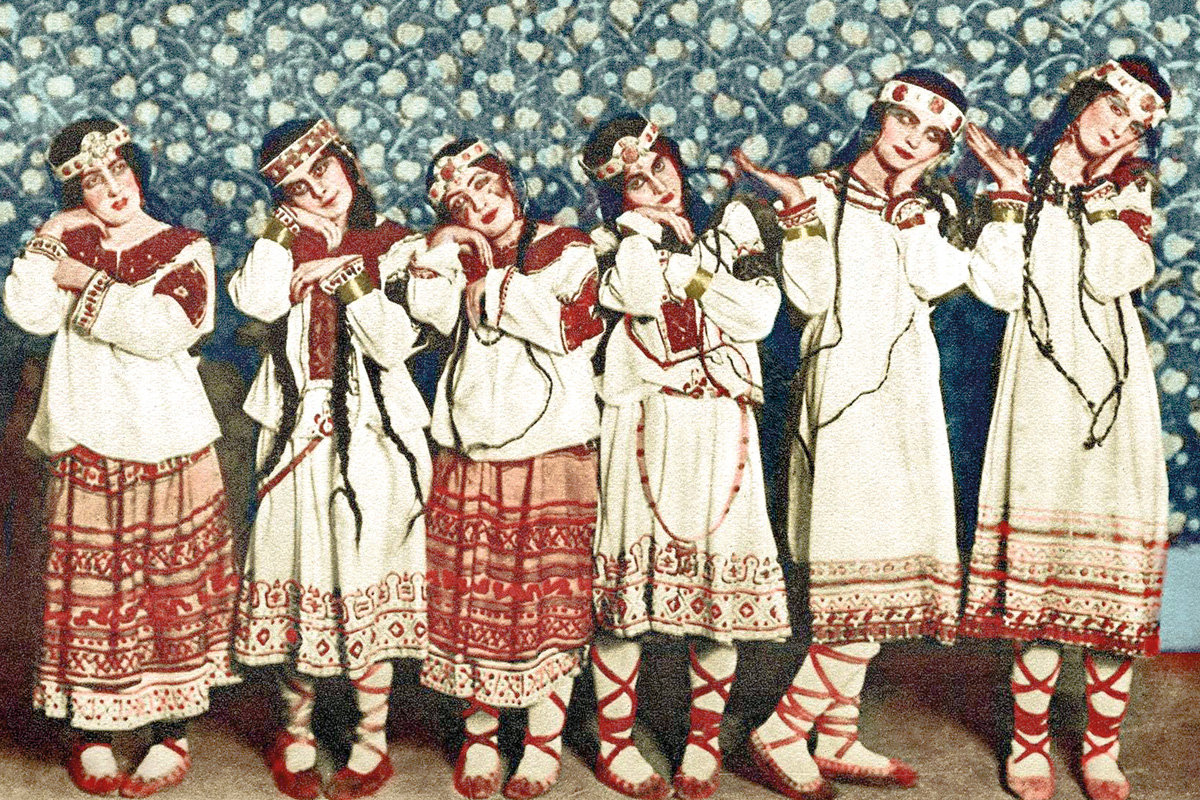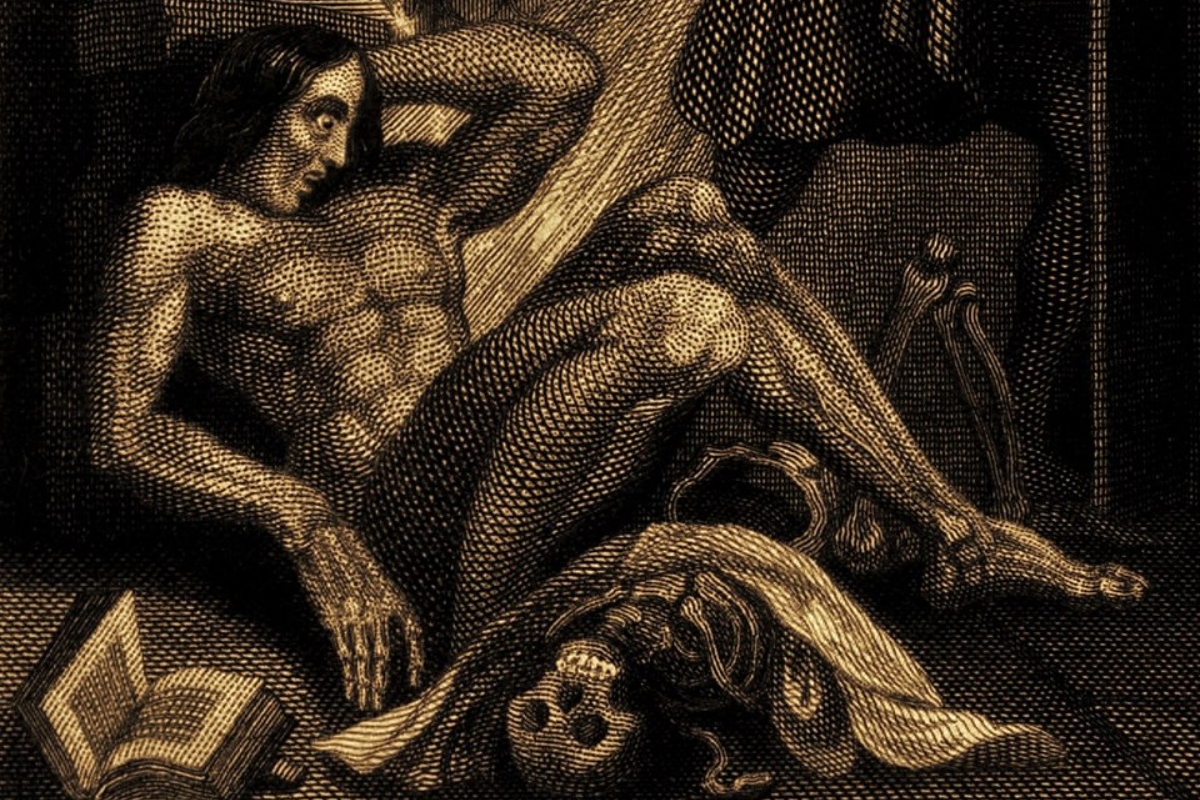Just seventeen days after his final show in his hometown of Aston, Birmingham, news broke that Ozzy Osbourne had died aged 76.
After being hurled into stardom, Osbourne became notorious as a figure who embodied the eccentricity and excesses of the rock scene.
Many will primarily remember him for his chaotic lifestyle and appearances on The Osbournes. But this overlooks the role he played with Black Sabbath in one of music’s last great revolutions.
Changes
Throughout the twentieth century, and especially after World War Two, music rapidly evolved, leading to the proliferation of myriad new genres.
This unprecedented period of evolution was primarily driven forward by technological developments – advances in recording and broadcasting, new instruments such as synthesisers and the electric guitar.
The postwar boom also revitalised the economy and led to a general rise in living standards, pushing this process even further: people could afford radios and record players to listen to music, and instruments to play it with.
A broader layer of people were able to hear a wider range of music, increasing the potential for cross-pollination and creating the basis for music to develop at unparalleled rates.
Genres exploded into being and burned out quickly once they were unable to develop further. They were superseded by new sounds that synthesised elements of existing genres, making something new in the process.
Sabbath Bloody Sabbath
By the late 1960s, heavier sounds were already emerging as artists pushed the boundaries of hard rock. Politics was beginning to shift too: the era of “Free Love” and “Flower Power” was giving way to a stormy period of mass movements and global revolution.
As Ozzy himself said, the music that reflected the relative optimism of the postwar boom jarred with the reality of life as the boom was ending:
“When I heard the silly fucking words ‘If you go to San Francisco, be sure to put a flower in your hair,’ I wanted to fucking strangle John Phillips… My father was dying of asbestos from industrial pollution and I was an angry young punk.“
 The conditions were ripe for heavy metal – and a mixture of accidental factors and the unique qualities of four working class lads from Birmingham brought it to life.
The conditions were ripe for heavy metal – and a mixture of accidental factors and the unique qualities of four working class lads from Birmingham brought it to life.
A key contributor to Black Sabbath’s sound came from guitarist Tony Iommi losing his fingertips in an industrial accident.
Told he would never play guitar again, Iommi adapted by crafting new tips from washing-up bottles – using lighter gauge strings, down-tuning, and slowing his playing, combined to produce heavy and doomy riffs.
But Iommi alone didn’t invent heavy metal, nor was his contribution solely accidental: Iommi had an incredible instinct for riffing. Most guitarists are happy to put together a couple of good riffs per album; Iommi usually has a couple per song.
Geezer Butler’s groundbreaking ability to bolster and mirror the guitar riff with his bassline made the sound larger, while Bill Ward’s relentless yet groovy, jazz-influenced drumming drove Sabbath’s sound forward.
Geezer’s lyrics – focused on substantial topics such as social ills and nuclear armageddon – captured the changing mood of the day and matched Sabbath’s darker sound. Completing this melange was Ozzy Osbourne: a vocalist with a knack for creating melodies that captured the emotional valence of Geezer’s heavy lyrics.
Sonic recreation
In a little over two years, Black Sabbath released four albums – 1970’s Black Sabbath and Paranoid, 1971’s Master of Reality, and 1972’s Vol 4. – each developing upon the last.
The chilling opening tritone on the title track on their debut album was radically different from all existing music, and Vol 4.’s closing track Under the Sun was even more different still. Music had been transformed and transformed again.
A completely unprecedented sound – reflecting working class life and experience – had been created.
The pounding, raw sounds of industrial Birmingham were reflected in Ward’s intense drumming and Iommi’s metallic guitar playing. The drudgery and monotony of alienating work was reflected in the repetitive, doom-laden riffs.
The horrors of capitalist society, and anger towards them, found expression through Butler’s lyrics and Ozzy’s eerie and mournful wails.
Metal – particularly its most extreme manifestations – is often derided as mere noise, lacking any of the grace of other forms of culture.
But not all art is meant to be beautiful. Some art is meant to unsettle us, even to the point of distress. To the extent that heavy metal does that, it is because it is a sonic recreation of life under capitalism for the working class.
Tomorrow’s Dream

The original lineup went on to produce four more albums, but substance abuse, burnout, and disputes around creative differences took their toll on the band. The acclaim dried up and Ozzy was fired in 1979; Bill Ward left in 1980, followed by Geezer in 1984.
Their legacy, however, has been enduring. Every single metal artist is able to directly trace their origins back to Black Sabbath, with sites where the band started out act as places of pilgrimage for metal fans.
Sadly, at present metal as a genre – apart from the extreme subgenres at the edges – is in an anemic state. Few bands have broken through in recent years, and those which do are invariably derivative.
This should come as no surprise, despite there being all the same social ills and more as there were in the 1970s to power the genre today.
Streaming has made access to music easier than ever, but made it harder than ever for artists to make a living. Declining living standards, cuts to school budgets, and other austerity measures have restricted young people’s opportunities to learn how to play and make music.
Ozzy Osbourne was not a political revolutionary by any means, but his artistic legacy is undoubtedly one of revolution: he played a vital role in one of the last great steps forward for music.
The best way to honour that legacy is to fight for the transformation of society so that working class people can fully participate in cultural life.
Doing so will lead to the development of new forms of working class art – in time, reflecting the beauty and optimism of a new society, rather than the ugliness and decay of the old.






